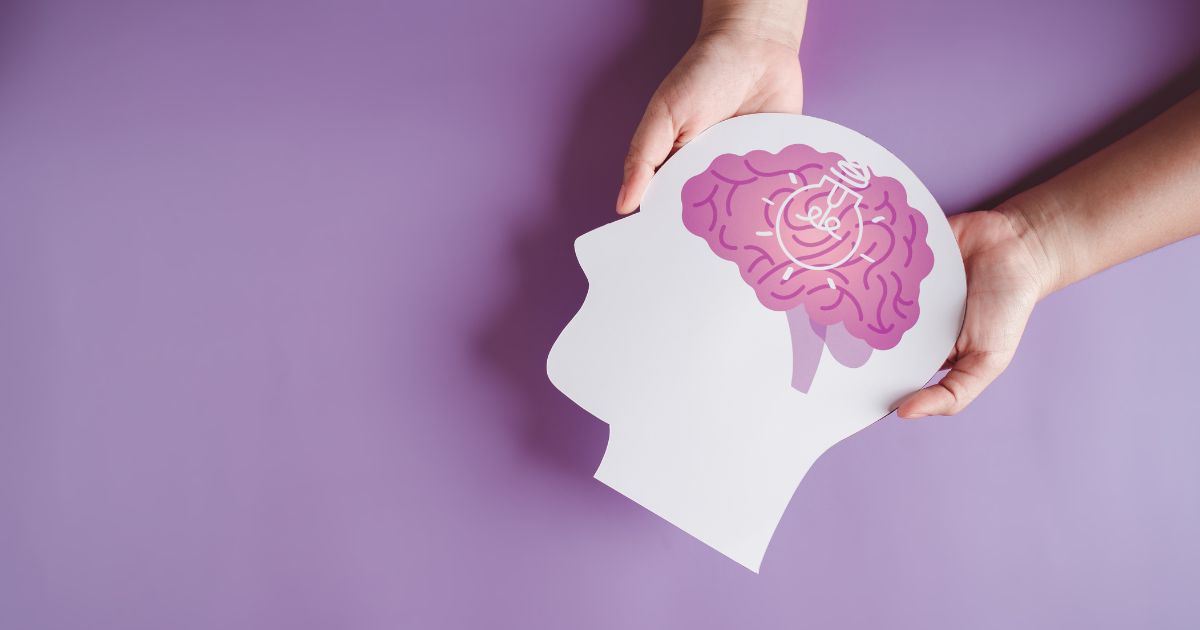Read time: 6 mins
Understanding mental health awareness is crucial as more people open up about their experiences and seek support. Our recent survey dives into how comfortable individuals are discussing mental health, their efforts to learn more, perceived societal support, and the barriers they face. These insights shed light on where progress has been made and where more work is needed to foster a healthier conversation around mental well-being.
Key Insights on Mental Health Awareness
How Comfortable Are People Discussing Mental Health?
We asked participants how comfortable they feel discussing mental health with others, such as friends, family, or colleagues. The responses show a range of comfort levels, with a clear leaning toward openness:
- Very comfortable: 47%
- Somewhat comfortable: 39%
- Neutral: 6%
- Somewhat uncomfortable: 5%
- Very uncomfortable: 4%
These results suggest that while many people feel confident talking about mental health, there’s still a portion of the population who remain hesitant or unsure, highlighting the ongoing need to reduce stigma and encourage open conversations.
Are People Taking Steps to Learn About Mental Health?
We asked respondents whether they’ve taken steps to educate themselves about mental health, such as reading articles, attending workshops, or speaking with professionals. The majority reported some level of proactive engagement:
- Yes, occasionally: 52%
- Yes, frequently: 29%
- No, but I plan to: 11%
- No, and I’m not interested: 9%
These responses indicate that most people are making an effort to better understand mental health, though there remains a small group that has yet to engage or lacks interest, pointing to an opportunity for greater awareness and outreach.
How Well Does Society Support Mental Health?
We asked participants to share their perspective on how well society supports individuals facing mental health challenges. The responses reflect a mix of opinions, with many expressing concerns about the adequacy of current support systems:
- Not very well: 39%
- Neutral: 23%
- Somewhat well: 20%
- Very well: 14%
- Not at all: 3%
These findings suggest that while some see signs of support, a significant portion of respondents believe there’s still considerable progress to be made in how society addresses mental health needs.
Do People Know Where to Seek Help for Mental Health?
We asked respondents whether they know where to turn if they or someone they know is struggling with mental health. Most indicated some level of awareness, though a smaller group reported uncertainty:
- I have a general idea: 49%
- Yes, I know exactly where: 38%
- No, I’m not sure: 12%
- No, I have no idea: 1%
While it’s encouraging that many people have at least a general understanding of where to seek help, the data also highlights a need for clearer communication and education around available mental health resources.
Have People Personally Faced Mental Health Challenges?
We asked participants whether they’ve experienced mental health challenges themselves. The responses reveal that a significant portion have faced difficulties, with many choosing to seek support:
- Yes, and I’ve sought help: 46%
- Yes, but I haven’t sought help: 23%
- No, but someone close to me has: 17%
- No: 14%
These results show that mental health challenges are a common experience, and while many are taking steps to get help, others may still be navigating their struggles alone.
What Could Make the Biggest Impact on Mental Health Awareness?
To understand what people believe would most improve mental health awareness, we asked respondents to choose the single most impactful factor. The results highlight a strong demand for systemic changes and cultural shifts:
- More access to affordable mental health care: 47%
- Normalizing conversations around mental health: 29%
- Better education in schools and workplaces: 14%
- Community support programs: 8%
- Media representation and advocacy: 2%
The findings suggest that while awareness campaigns and open dialogue are important, structural improvements—especially affordable care—are seen as the most critical step toward real progress.
How Often Do People Prioritize Their Mental Well-Being?
We asked participants how often they engage in activities that support their mental well-being, such as exercise, hobbies, or mindfulness. The majority reported making these practices a regular part of their routine:
- A few times a week: 37%
- Daily: 34%
- Occasionally: 22%
- Rarely: 5%
- Never: 2%
These responses indicate that many individuals are actively taking steps to care for their mental health, though there remains a portion of the population who may benefit from more consistent self-care practices.
How Likely Are People to Use Mental Health Resources at Work or School?
We asked respondents how likely they would be to use mental health resources if offered by their workplace or school, such as counseling, workshops, or wellness days. The answers show a generally positive attitude toward utilizing these supports:
- Somewhat likely: 40%
- Very likely: 28%
- Not sure: 22%
- Somewhat unlikely: 5%
- Very unlikely: 5%
These results suggest that many people are open to accessing mental health resources when available, highlighting the value of offering such programs in educational and professional settings.
What Barriers Prevent People from Prioritizing Their Mental Health?
We asked participants to identify barriers that might stop them from prioritizing their mental health. Respondents could select multiple options, revealing several common challenges:
- Cost of care or resources: 46%
- Lack of time: 34%
- Stigma or fear of judgment: 28%
- Not knowing where to start: 26%
- I don’t experience barriers: 19%
- Other (please specify): 2%
These insights highlight that financial constraints and time pressures are significant obstacles, alongside social stigma and uncertainty, which together can make it difficult for many to focus on mental well-being.
Which Emotions Best Describe People’s Current Mental State?
We asked respondents to choose the emotion that best describes their overall mental state at the moment. The answers reveal a mix of feelings, reflecting the complex nature of mental health:
- Stressed: 28%
- Calm: 25%
- Overwhelmed: 20%
- Content: 8%
- Hopeful: 13%
- Disconnected: 7%
These results show that while stress and overwhelm are common, many also experience calmness and hope, underscoring the varied emotional experiences people have regarding their mental health.
Why Zamplia Makes Mental Health Insights Easy to Capture
The survey results underscore that while many people are becoming more comfortable and proactive in addressing mental health, significant barriers and mixed feelings about societal support remain. Improving mental health awareness requires continued education, affordable care access, and normalizing conversations to break down stigma. At Zamplia, we make it easy to launch surveys and quickly analyze responses, helping organizations capture timely, actionable insights on important topics like mental health. Whether you want to better understand your audience or inform strategic decisions, Zamplia provides the tools to get clear, real-time data with minimal effort. Take a tour or book a demo with us today.


